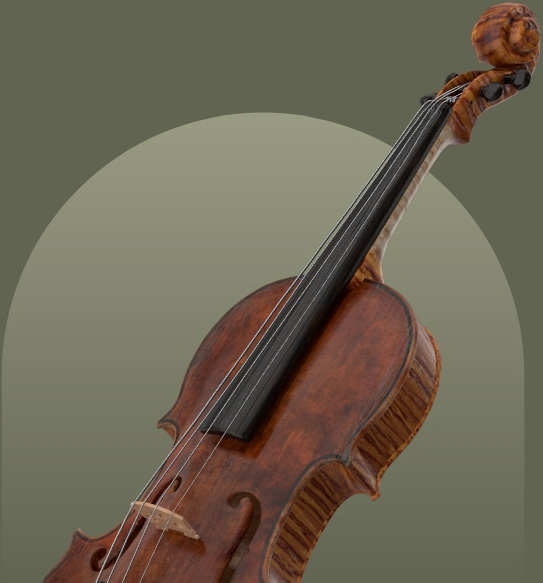John Dilworth
WILLEMS, Heyndrick (II) Worked circa. 1715-1745 Ghent Belgium. Presumed son of Hedrick Willems (I), above. The Musical Instruments Museum, Brussels has a cello of 1717 with back and ribs of walnut, and two violins dated 1743. A pochette and a viol (presently strung as a lira viol with new neck, back of walnut, and ribs of maple) are also plausibly attributed to him. Violins and violas worked very closely on a sophisticated Amati model. Heads finely carved and well proportioned. Varnish sometimes having a strong red tint, of very good Italianate quality. Heyndrick Willems / tot Ghendt, 1717 Heyndrick Willems / tot Ghent, 1743
Cecie Stainer
A maker in Ghent some time after the Hendrick already mentioned. He made a violoncello or bass with five strings, labelled. ” Heyndrick Willems tot Ghendt, 1717.” A violin, dated 1743, had the belly made of carefully selected pine, the back of walnut, and the sides (very exceptional) of maple. Many instruments made by this family have genuine value and show work of great ability. The Amati pattern (especially that of Antonio and Girolamo) was generally followed, but characteristic touches were given which render their work easily recognisable. The arching is always correctly calculated, and the wood used for the belly carefully selected.
Willibald Leo Lütgendorff
Wahrscheinlich Sohn oder Neffe von Hendrick I. W., von dem verschiedene sorgfältig gemachte Geigen und Violoncelli bekannt sind. Er folgt mehr dem Amati-Modell. Ein J. B. Willems — wohl der Sohn Hendrick’s —, der noch 1760 vorkommt und wahrscheinlich Musiker, vielleicht auch Blasinstrumentenmacher war, heirathete eine Rottenbourg. Es soll allerdings auch Geigen von ihm geben.
